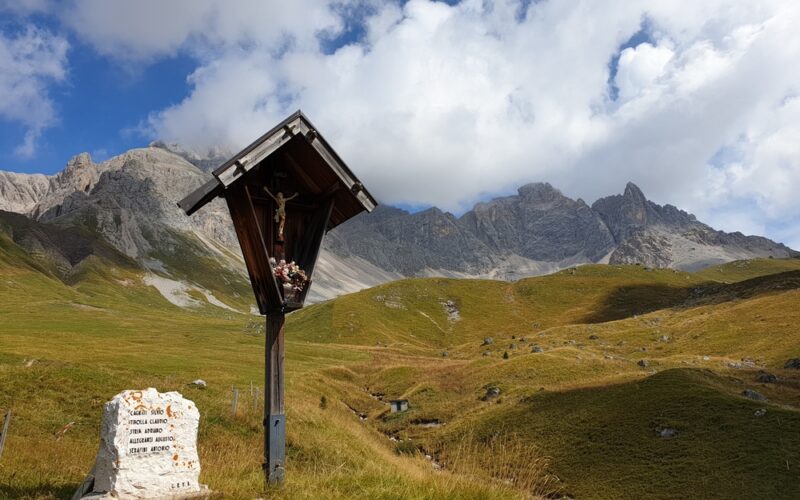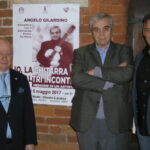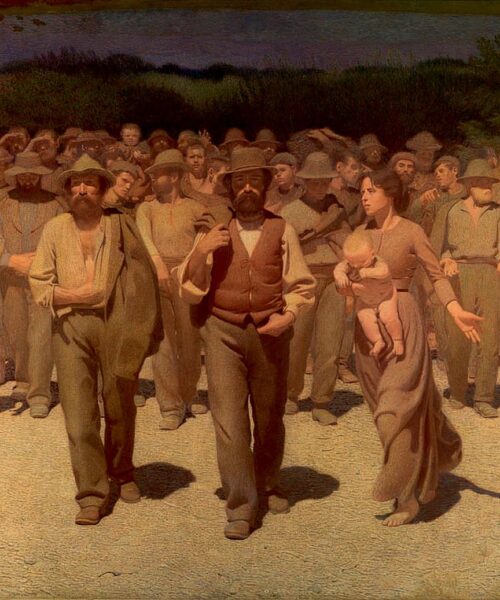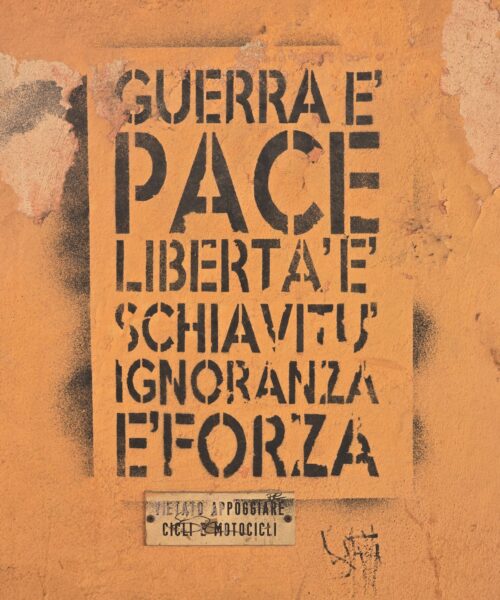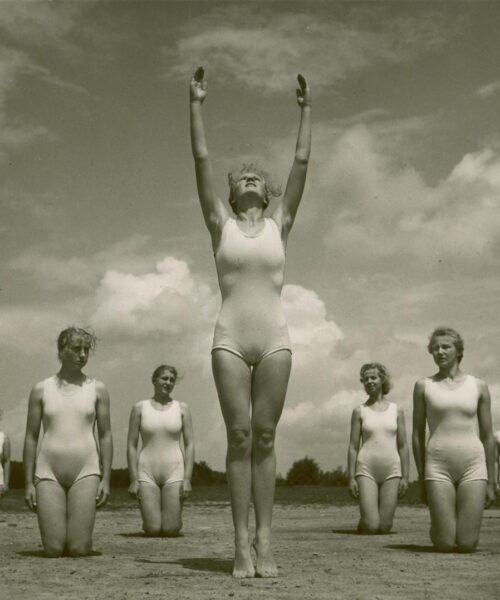In a world in constant flux, traditions often act as an anchor, connecting us modern individuals to the richness of our cultural heritage. The Italian Alpine Club (CAI) now finds itself at the heart of an engaging debate: that surrounding the crucifixes atop our mountain summits.
Recently, the CAI has voiced its intent to preserve the existing crosses, viewed as significant markers of a historical era, while advising against the installation of new symbols. This stance mirrors the challenge of balancing the importance of traditions with the demands of the present, where intercultural dialogue widens and environmental considerations take on an increasingly vital role.
Personally, I regard myself as a secular observer in this debate. I believe that often, we tend to manufacture issues where none exist. The crosses on the mountain peaks are part of a tradition, akin to flags hoisted on buildings. These may not be acceptable everywhere, but there’s a sense of continuity and connection to the past that warrants consideration.
My hikes along mountain trails have brought me face to face with many of these crosses and religious shrines. Although I am not religious, I have always found a certain charm and a sense of tranquility in these expressions of faith. One need not be Christian or religious to feel that extra something these symbols evoke. They represent stories, sacrifices, and traditions that have molded our culture.
The CAI, in its endeavor to balance tradition and modernity, does not intend to remove the existing crosses. Instead, it wishes to initiate reflection on the appropriateness of adding new symbols. This doesn’t mean denying the past, but understanding how we can integrate it into the present and the future in a respectful and balanced manner.
Inclusion doesn’t mean renouncing traditions. On the contrary, it means accepting them and understanding how they can coexist with the needs of a continually evolving society. Inclusion ensures that no one feels alienated, while maintaining a connection to the past. After all, without a past, there’s no future.
In conclusion, the entire debate calls for a measured and respectful approach. Respect for our cultural heritage must coexist with openness to the needs of the present. Our mountains are not just breathtaking landscapes, but also guardians of stories and values that have shaped and will continue to shape our identity.

